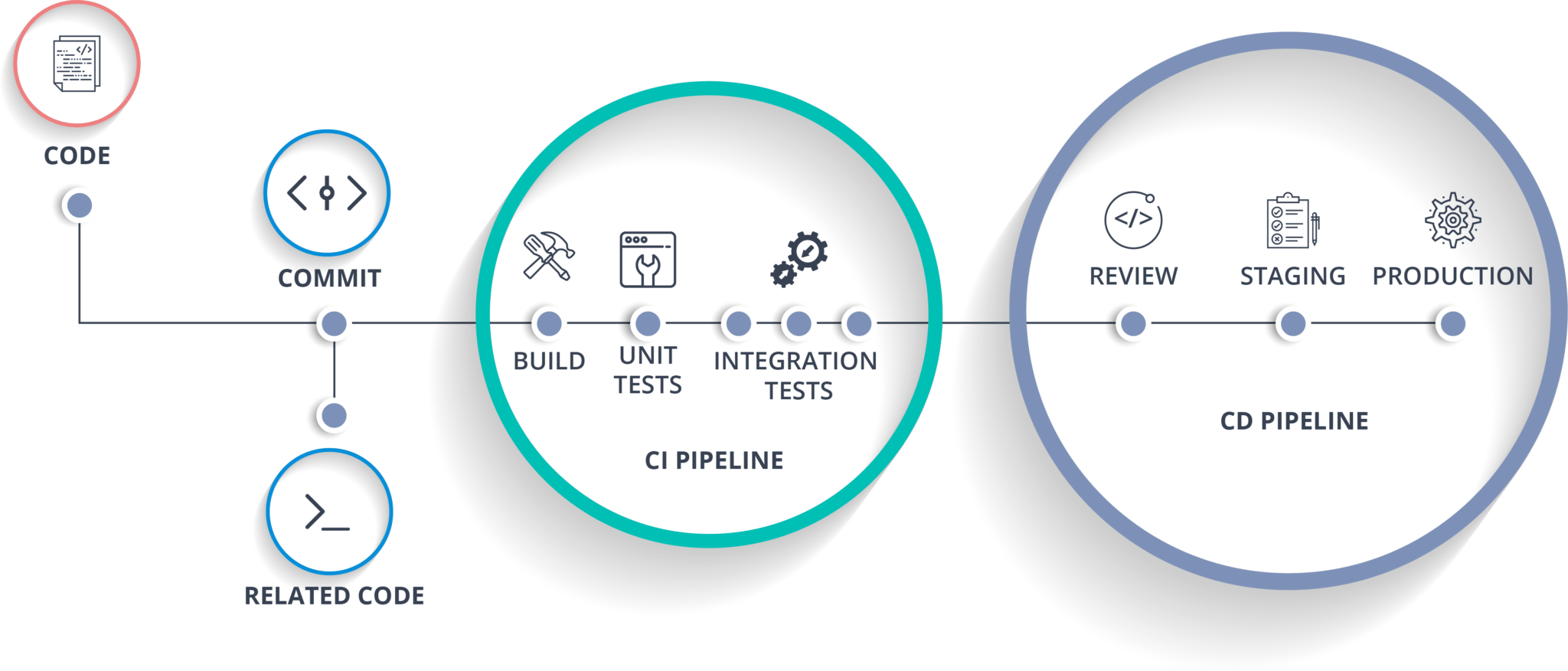Google’s infrastructure powers billions of users every single day. Behind every search query, YouTube video, Gmail inbox, and Maps request stands a world-class Site Reliability Engineering (SRE) team ensuring that everything works seamlessly at global scale. Becoming a Google SRE is one of the most competitive engineering paths, but with the right preparation, the journey is absolutely achievable.
This guide will walk you through exactly how to join Google as an SRE, using the role Systems Engineer III, Site Reliability Engineering (Bengaluru) as the reference point. The goal is to help you understand the expectations, the skills required, and the roadmap to prepare effectively for 2026.
What Does an SRE at Google Actually Do?
Google defines SRE as the intersection of software engineering + systems engineering. That means you are responsible for:
- Running massively distributed, fault-tolerant systems
- Designing, automating, and scaling infrastructure
- Ensuring uptime, reliability, and performance of critical services
- Eliminating toil using software and automation
- Working on core systems like DNS, DHCP, RADIUS, and enterprise network services
- Responding to incidents, participating in on-call rotations, and defending SLOs
- Collaborating cross-functionally with infrastructure, networking, and application teams
- Applying modern approaches like AI-driven automation and system optimization
In short: SREs are the engineers who keep Google alive, fast, reliable, and always improving.
Minimum Qualifications (Based on Google’s Job Listing)
To join as Systems Engineer III, SRE, Google expects:
1. Mandatory Education
- Bachelor’s degree in Computer Science or related field
- Equivalent practical experience is accepted
2. Strong Systems or Networking Background
At least 2 years of experience in one of the following:
- Systems administration:
filesystems, inodes, system calls, kernel basics - Networking fundamentals:
TCP/IP, routing, switching, network topologies, SDN
3. Data Structures, Algorithms & Coding
Two years of experience in one or more languages:
- Python
- C++
- Java
You are expected to solve real engineering issues using your programming skills.
Preferred Qualifications
These are not mandatory, but they increase your chances significantly:
- Master’s degree in CS or Engineering
- Strong Linux system administration experience
- Deep networking fundamentals
- Understanding of large-scale distributed system design
- Experience working in complex infrastructure environments
Day-to-Day Responsibilities at Google SRE
From Google’s official description:
1. Manage and Improve Core Enterprise Network Services
- Ensuring high availability for DNS, DHCP, RADIUS
- Maintaining connectivity across global offices
2. Handle Low-Level Infrastructure Issues
- Networking
- OS administration
- System design
3. Identify Risks and Reduce Complexity
- Work with partner teams to simplify processes
- Improve internal productivity using engineering solutions
4. Defend SLOs
- Participate in tier-1 on-call rotations
- Prioritize sustainable operations and reliability
5. Apply AI to Infrastructure
- Automate traditional system engineering tasks
- Use data-driven methods to optimize system behavior
Google SRE is not just operations. It is full-scale engineering.
How to Join Google as an SRE: Complete Roadmap
This roadmap is realistic and based on the required qualifications and Google’s interview structure.
Phase 1: Build Your Foundations (Months 1–4)
1. Learn Linux Deeply
You must go beyond basic commands. Topics to master:
- Filesystems (ext4, XFS), inodes
- Memory management, processes, cgroups
- System calls
- Kernel basics
- Debugging (strace, lsof, perf)
Recommended Resources:
- “How Linux Works”
- Google SRE Book (free online)
2. Learn Networking Fundamentals
Google heavily tests low-level networking knowledge.
Master:
- TCP/IP, UDP
- Routing & switching
- DNS, DHCP, RADIUS
- Subnetting, CIDR
- OSI model
- Load balancing
- SDN (Software Defined Networking)
3. Strengthen Data Structures and Algorithms
Google SRE interviews include:
- Arrays, strings
- HashMaps
- Trees, graphs
- Priority queues/Heaps
- BFS/DFS
- Dynamic programming (light level)
- Complexity analysis
Recommended:
- LeetCode: Medium level
- At least 150–200 problems
4. Learn One Programming Language Properly
Google prefers:
- Python
- C++
- Java
Python is the easiest path for SRE.
Build skills in:
- File handling
- Network programming
- Concurrency
- System automation
- Writing scripts for SRE tasks
Phase 2: Develop SRE Skills (Months 5–8)
1. Automation & Scripting
Learn to automate repetitive tasks:
- Bash scripting
- Python automation
- Using APIs
- Writing internal tooling
2. Learn System Design from SRE Perspective
Focus on:
- Load balancing
- Caching
- Monitoring systems
- Distributed systems
- Fault tolerance
- Scalability engineering
- High availability
- Redundancy models
3. Learn Observability
Tools and concepts:
- Prometheus
- Grafana
- Alerting
- Tracing
- Logs aggregation
- Metrics pipelines
4. Learn Cloud + Kubernetes
Not mandatory, but extremely helpful.
Be strong in:
- GCP basics
- Kubernetes architecture
- Containers (Docker)
- Deployment patterns
Phase 3: Prepare for Google Interviews (Months 9–12)
Google SRE interview rounds typically include:
1. Online Assessment
Covers coding + debugging.
2. Technical Phone Screens
Expect questions on:
- Linux internals
- Networking
- Coding problems
- Debugging scenarios
3. On-Site (Virtual or Physical)
Five structured interviews:
- Coding
- Algorithms
- Troubleshooting (Linux + Networking)
- System design
- SRE role-based problem-solving
How to Apply for Google SRE
Option 1: Google Careers Website
Search for:
Systems Engineer III – Site Reliability Engineering – Bengaluru
Option 2: Employee Referral
This increases visibility of your resume.
Option 3: Google Hiring Events
Google conducts:
- SRE hiring challenges
- University drives
- Virtual assessments
Participate actively.
How to Write a Resume That Google Shortlists
Focus on these:
1. Show real system-level experience
Example:
Implemented automated filesystem monitoring using Python, reducing on-call incidents by 30%.
2. Add measurable impact
Google loves metrics.
3. Highlight large-scale systems
Even internal company infrastructure counts.
4. Mention distributed systems + networking skills
5. Use strong keywords
- Linux internals
- TCP/IP
- DNS
- Distributed systems
- Automation
- Python
- Debugging
Frequently Asked Questions
1. Can a fresher become a Google SRE?
Yes, but you need strong algorithms + systems skills. Typically most join after 1–2 years of industry experience.
2. Is SRE equal to DevOps?
No. Concepts overlap, but SRE is more engineering-driven.
3. Do I need a Master’s degree?
Not mandatory, but helps in competitive markets.
4. Is coding mandatory for SRE?
Absolutely. You will write automation and infrastructure code daily.
Final Thoughts: Can You Become a Google SRE in 2026?
Yes. Google SRE is achievable if you follow the roadmap with consistency. The key areas are:
- Strong Linux fundamentals
- Strong networking knowledge
- Solid DS/Algo skills
- Good coding ability
- Ability to debug at scale
- Clear understanding of distributed systems
- Confidence in system design
Google’s SRE culture values curiosity, problem-solving, ownership, and the ability to learn continuously. If you start today and follow the structured plan above, you can confidently apply for the Systems Engineer III – SRE role at Google within the next year.
Next Steps :
Devops tutorial :https://www.youtube.com/embed/6pdCcXEh-kw?si=c-aaCzvTeD2mH3Gv
Follow our DevOps tutorials
Explore more DevOps engineer career guides
Subscribe to InsightClouds for weekly updates









